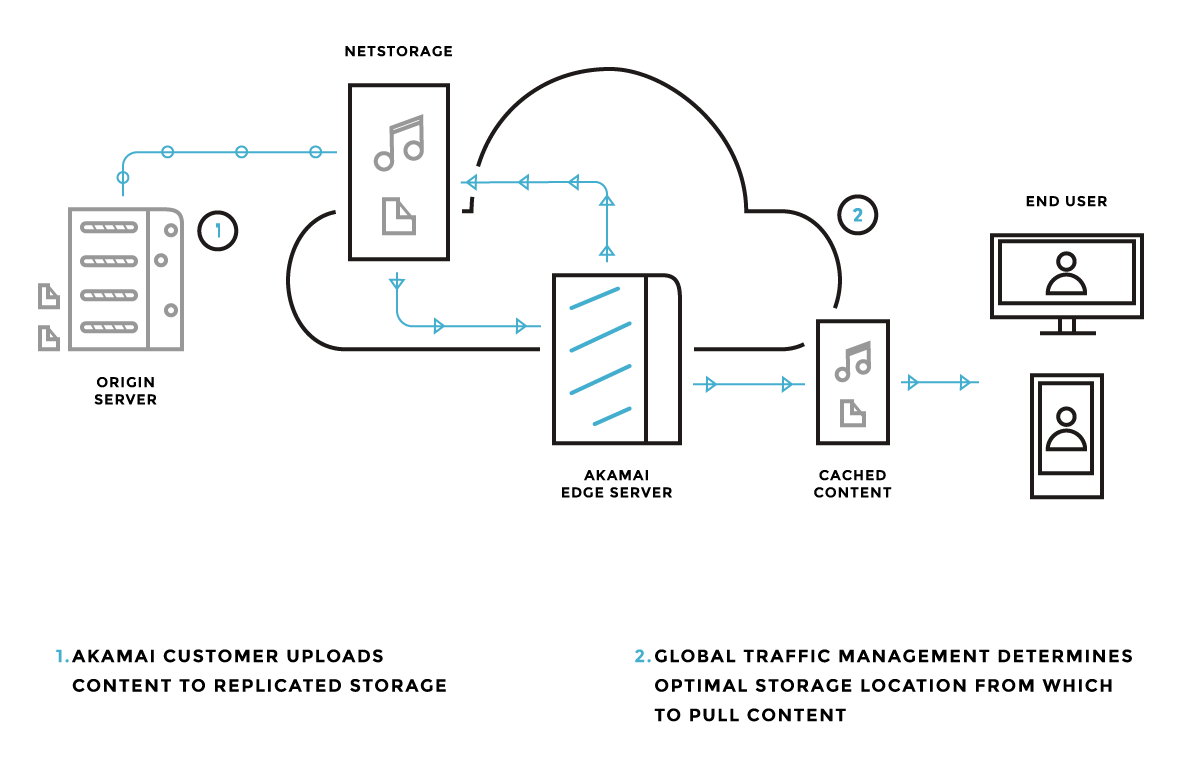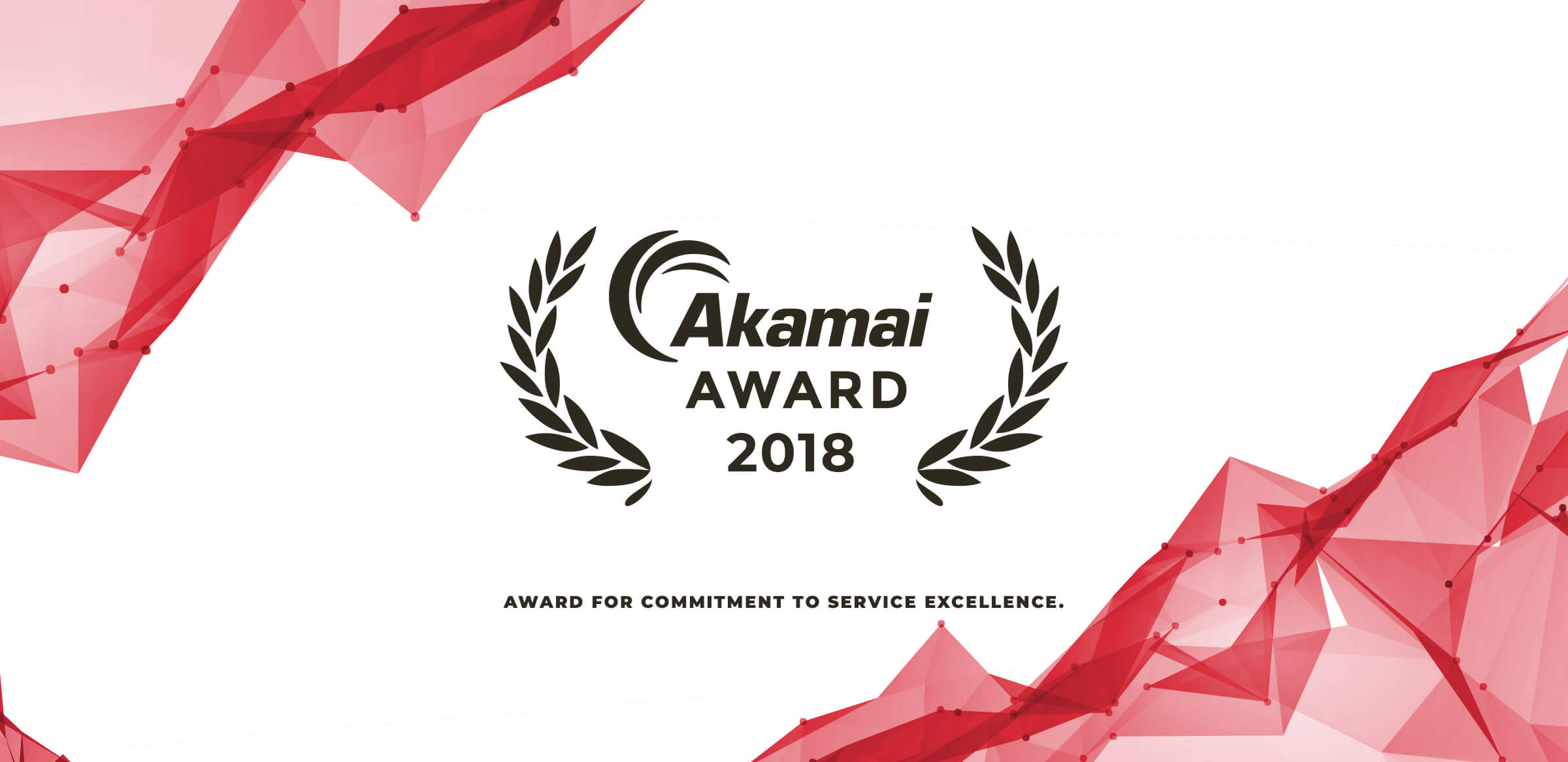Site Failover
Keep your platform always available by serving a default page or redirect traffic to NetStorage or to a provided backup platform
ENSURING WEBSITE UPTIME IS A CONTINUOUS CHALLENGE
Keeping your platform constantly available is a priority, but creating replicas of your content all over the globe is an expensive method. Thus, Site Failover provides you with three options: serving a default page; using this page to redirect traffic to a backup platform provided by you; or redirecting traffic to a backup on NetStorage.
BENEFITS TO YOUR BUSINESS
- Site Mirroring: Akamai Site Failover mirrors your Web site economically, as it does not require the expense of investing in additional data centers to achieve redundancy.
- Site Maintenance: Akamai Site Failover ensures that an enterprise remains available to end users even while you perform updates and maintenance on your site.
- Improved Brand: Guaranteed site uptime enables enterprises to improve customer satisfaction and loyalty while building brand equity. Reinforce the message that your company is reliable and customer-focused by presenting a Web site that is always available.
- Simplified Infrastructure: Akamai Site Failover reduces the need to deploy and manage additional hardware. Leveraging Akamai’s distributed and secure global platform eliminates the need to set up and maintain a mirror site.
- Increased Flexibility: With Akamai Site Failover you can choose the content and the rules to deliver your content in the event of a source site outage. Instead of worrying about site backup, you can focus on your core business.
- Disaster Recovery: Akamai Site Failover is essential to disaster recovery efforts, as it enables you to serve a backup copy of your site in the event that your source site becomes unavailable.
Site Failover
Ensure that your end customers always receive content — even in the event that an origin server is unavailable through one of three failover methods
Enterprises whose Web sites rely on centralized infrastructure often find that ensuring uptime is a continuous challenge. A typical solution involves mirroring a Web site at an alternate location; however, this approach creates additional capital and management costs. Akamai Site Failover frees companies from these limitations by storing and delivering Web site content from the globally distributed, highly available network of servers of the Akamai Platform. With Site Failover, content is always available to requesting users.
With Akamai Site Failover, you can ensure that your end customers always receive content — even in the event that an origin server is unavailable through one of three failover methods. You can opt to have Akamai serve a single default page that is always stored at the edge, use Akamai failover technology to direct requests to your company’s own backup site location, or serve content from an entire backup version of the site that is stored on Akamai Net Storage. By using Akamai Site Failover with Net Storage, your enterprise is guaranteed a Web presence regardless of Internet conditions. What’s more, Akamai Site Failover measures begin automatically based on metrics that you define, such as origin latency and load.
Akamai Site Failover is flexibly integrated into your processes. Not only will the particular needs of your site determine the correct form of failover to be used, but your IT team will be involved in selecting and creating backup content and setting failover parameters that determine how aggressively edge servers attempt to connect to the origin site to determine downtime and uptime.
How Site Failover Works
Site Failover utilizes the network intelligence and data storage capabilities of the Akamai Platform to provide three failover solutions, Failover to Edge Server, Failover to Alternate Data Center (Mirror Failover), and Failover to Net Storage.

Failover to Edge Server
If the Akamai edge server needs to contact your company’s origin server to retrieve or revalidate content, but cannot reach the origin server, it can be configured to serve either default content in its place, or the expired (most recent) version currently in cache. You define default content upon implementation, and it is pinned in the Akamai server so that it can be presented when needed. At implementation you also determine the time it takes for the Akamai server to time-out its attempt to connect to the origin server and serve the default or most recent content instead.
Failover to Alternate Data Center (Mirror Failover)
If you’re running a backup or alternate site, and wish to protect your main site against the failure of an origin server, Site Failover can be directed to use the backup site in the case that the primary is unavailable. You may choose to have the backup site be different from the origin site—for example, it may contain reduced functionality or content. Upon receiving a request for content that resides on the primary site and determining that the primary site is unavailable, the Akamai edge server will obtain the requested content [or its defined substitute] from the mirror site in a manner invisible to the end user.
Failover to Net Storage
If you require that a complete, identical site will be available to end users regardless of the health of the origin site and/or Internet connectivity, you can establish a backup site on Akamai Net Storage. This process is similar to failover to an alternate data center, except that running your backup site on Net Storage, delivers a much higher degree of reliability, security, and performance in addition to offloading the need for additional infrastructure.
Your company’s site and available infrastructure will determine the most effective Akamai Site Failover option. No matter which scenario you choose, Akamai’s technology automatically detects when your origin server is not responding to requests, switches to the designated site failover process, then detects when your origin server is back online and switches back to normal content delivery.








